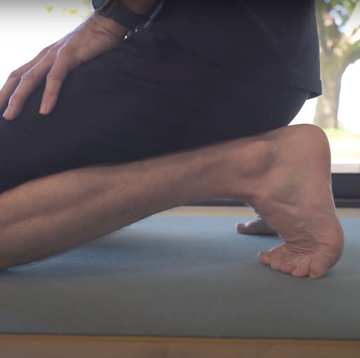Symptoms
Just because it is also known as ‘jumper’s knee’, runners are not immune from this sudden pain that strikes at the base of the patella (kneecap) because of a partial rupture of the ligament below it.
Signs
You may not be able to touch the painful area, as it is the back of the tendon near the patella which is most commonly affected. If you bend your knee, your doctor may be able to stretch the injured part – and it will hurt!
Medical investigations
A soft-tissue x-ray may show swelling and calcification of the tendon, while a scan will give more detail if required.
Resting heart rate?
You need to be sure that the injury is not to the patella itself, such as a stress fracture or a congenital defect, and that it is not caused by a cyst on the tendon. Osgood Schlatter’s disease Health & Injuries.
Self-treatment
Whilst rest, ice and anti-inflammatories may give temporary relief, self-treatment is usually ineffective in the long term because the tendon heals slowly.
Medical treatment
A particularly acute case may require weeks in plaster before rehabilitation can begin. Laser treatment may be more effective than ultrasound therapy, while deep massage and steroid injections are sometimes used to control the condition. A small number of people require surgical removal of the scarred area of tendon before they recover fully.
Published: 05 June 2000
Although it varies, recovery is likely to take months rather than weeks. Running through it, especially on hilly ground, is likely to make things worse.












